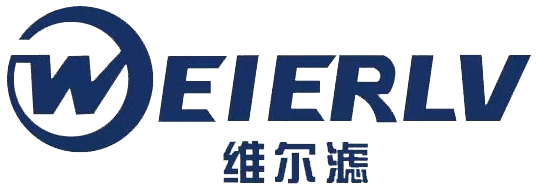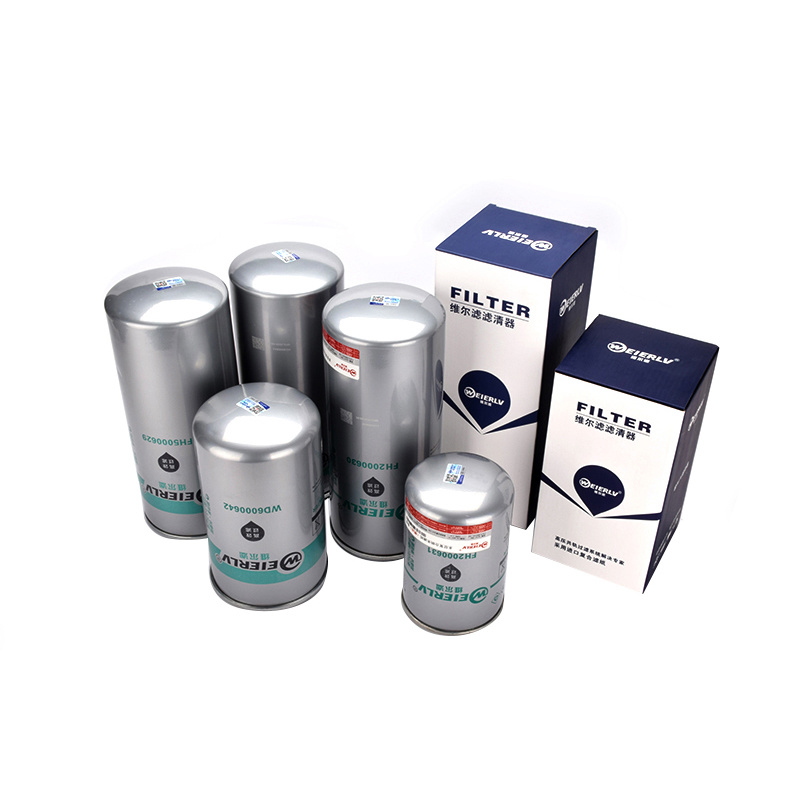
The structure and principle of the filter
Filter element material:
Paper: High precision, low cost (commonly used in oil and air filters).
Metal mesh/felt: Reusable, suitable for coarse filtration (such as hydraulic oil filters).
Synthetic fiber: High dust holding capacity, suitable for high-load environments.
Activated carbon: Adsorption of chemical gases (such as air conditioning filters).
Key design:
Bypass valve: Ensures fluid can still pass through when the filter element is blocked (to avoid equipment interruption).
Sealing ring: Ensures sealing with the system to prevent leakage.
Keywords

Filter
Material: High-precision, low-cost (commonly used in oil and air filters).
Contact Us
Classification
Related Products
Material: High-precision, low-cost (commonly used in oil and air filters).
Using imported high-quality filter materials effectively protects the engine, reduces wear and tear, and extends its lifespan.
Automatically activates when the filter element is clogged, ensuring that the oil can still flow even without filtration (to prevent engine oil starvation).
The oil filter is a crucial component in the engine lubrication system. Its core function is to filter impurities, metal particles, sludge, and other contaminants from the oil, ensuring the cleanliness of the oil and thereby protecting the normal operation of the engine's various parts.










